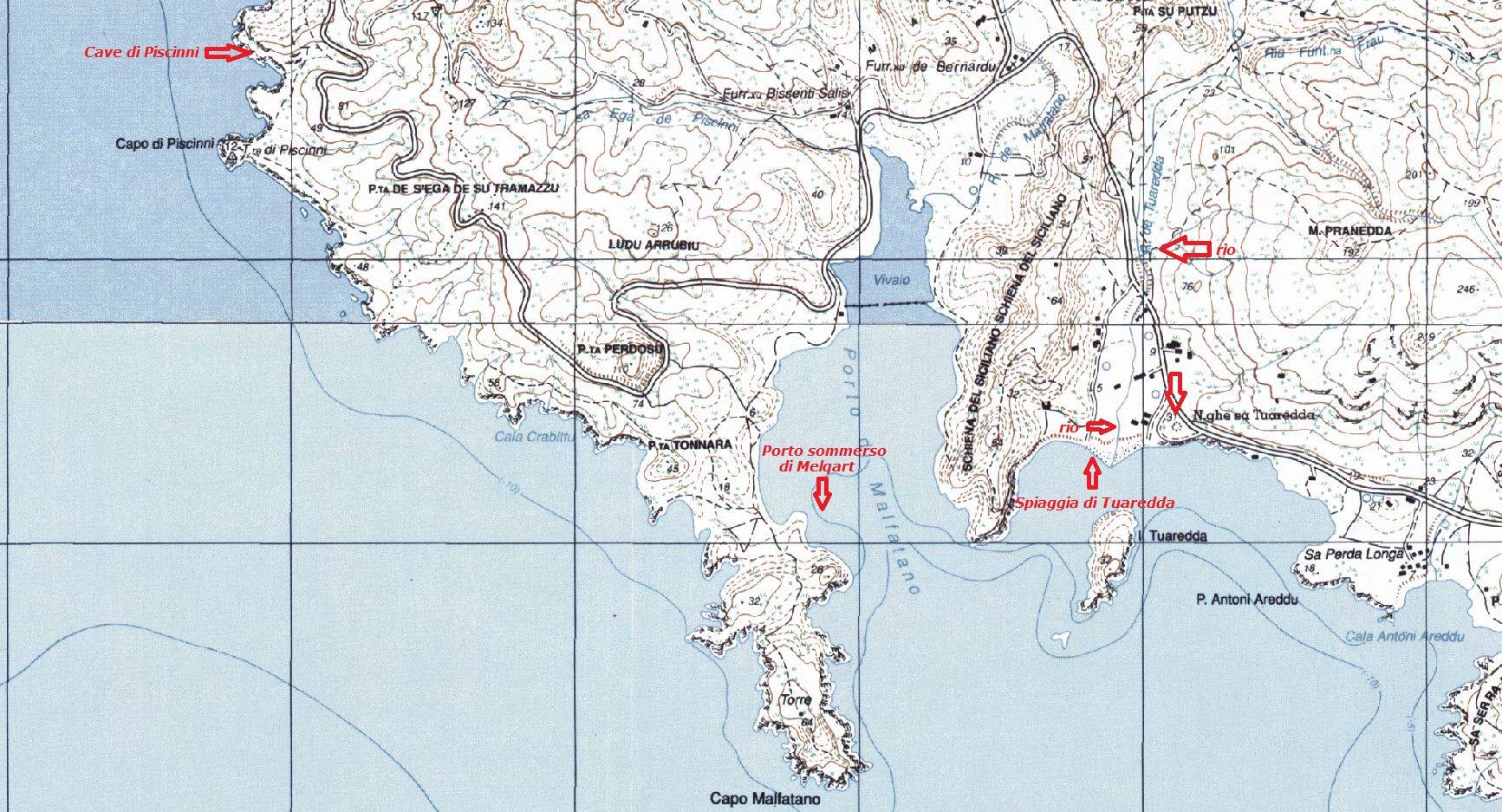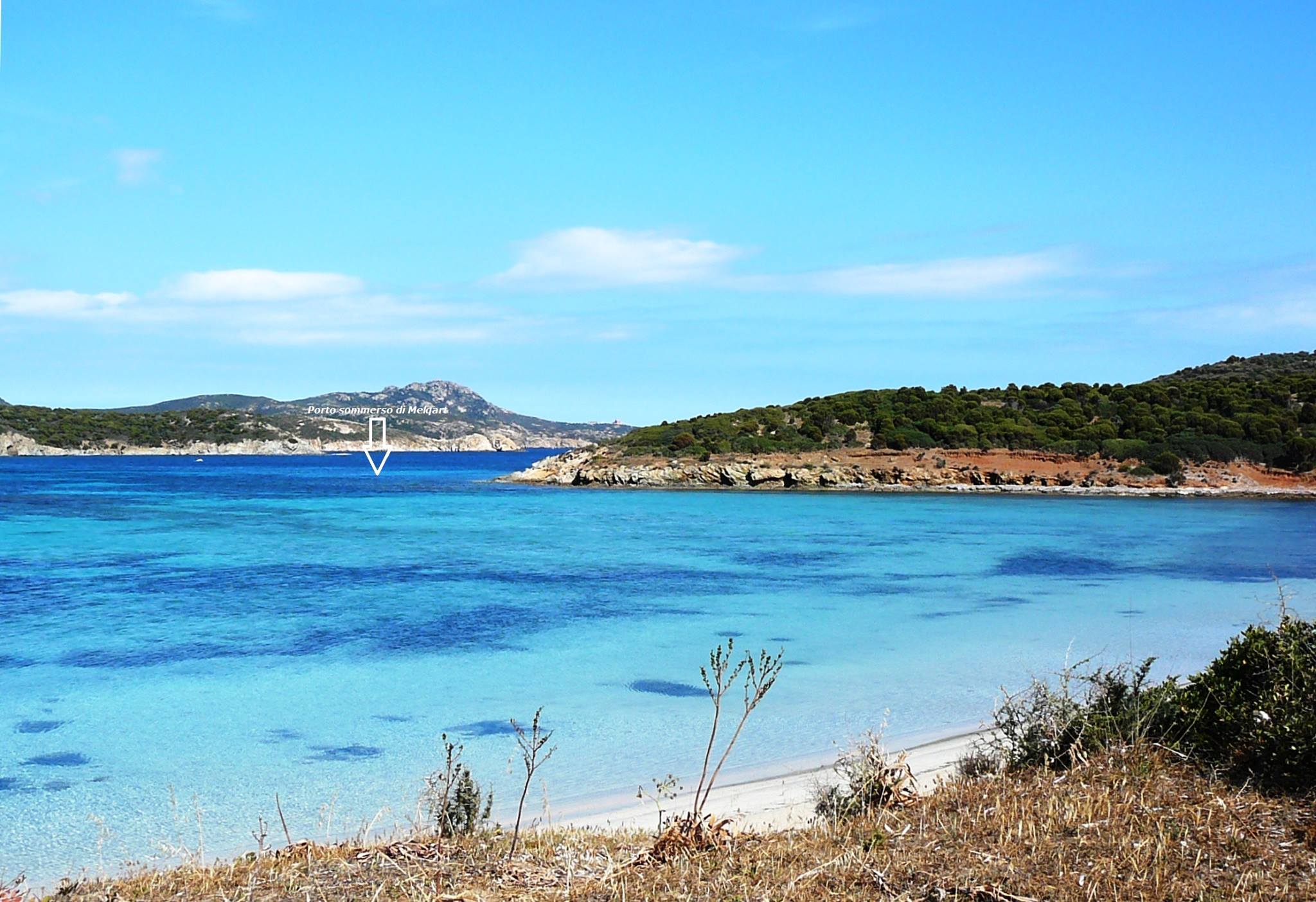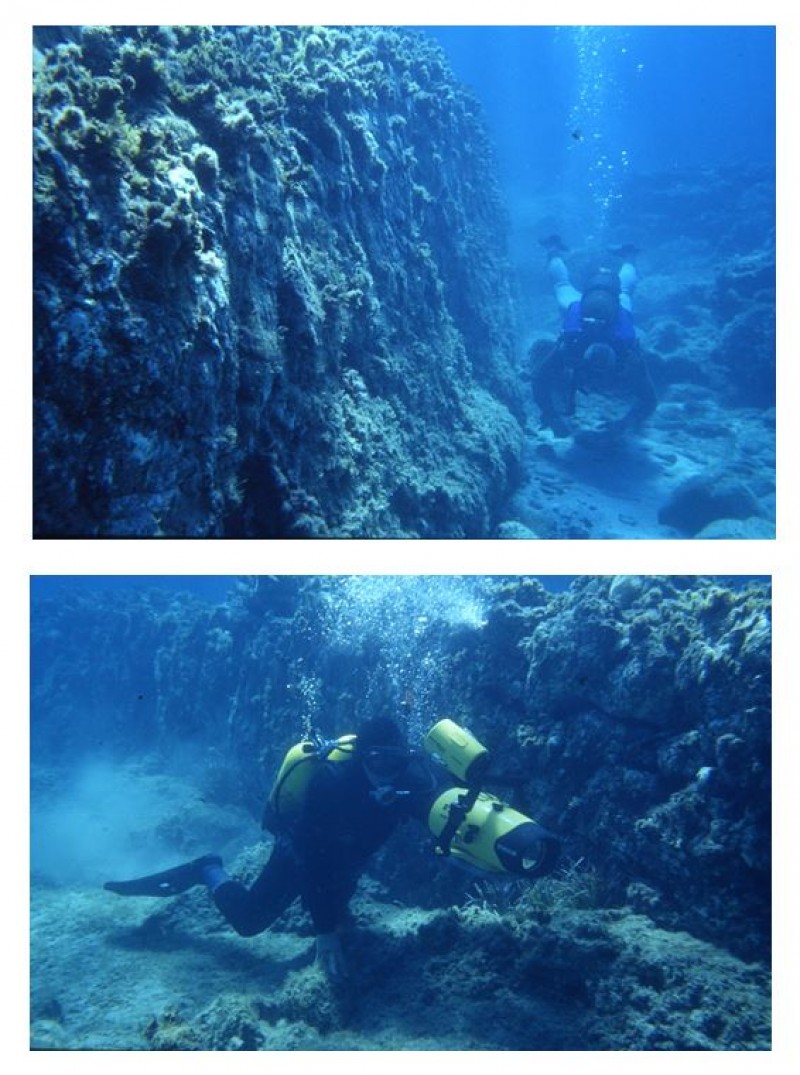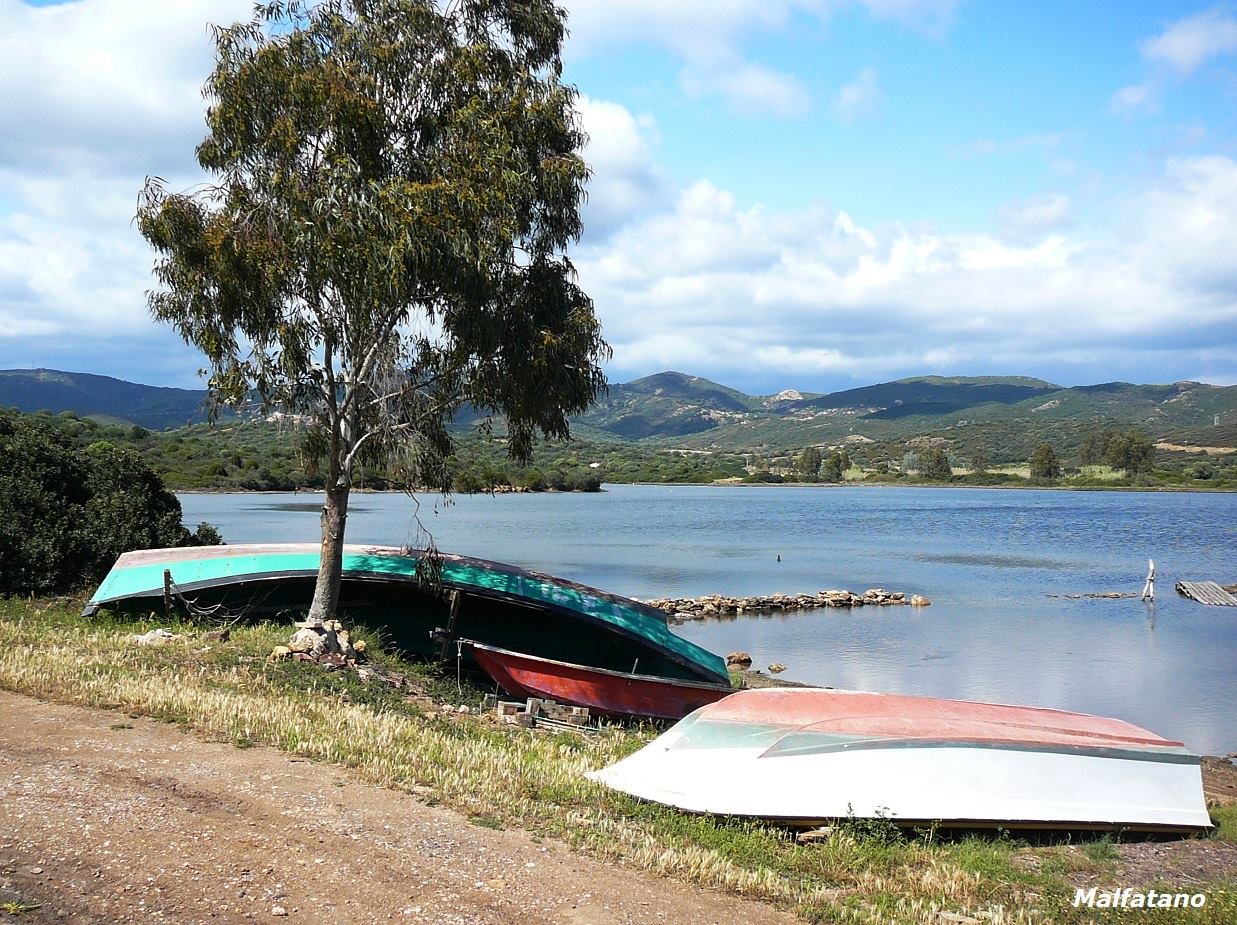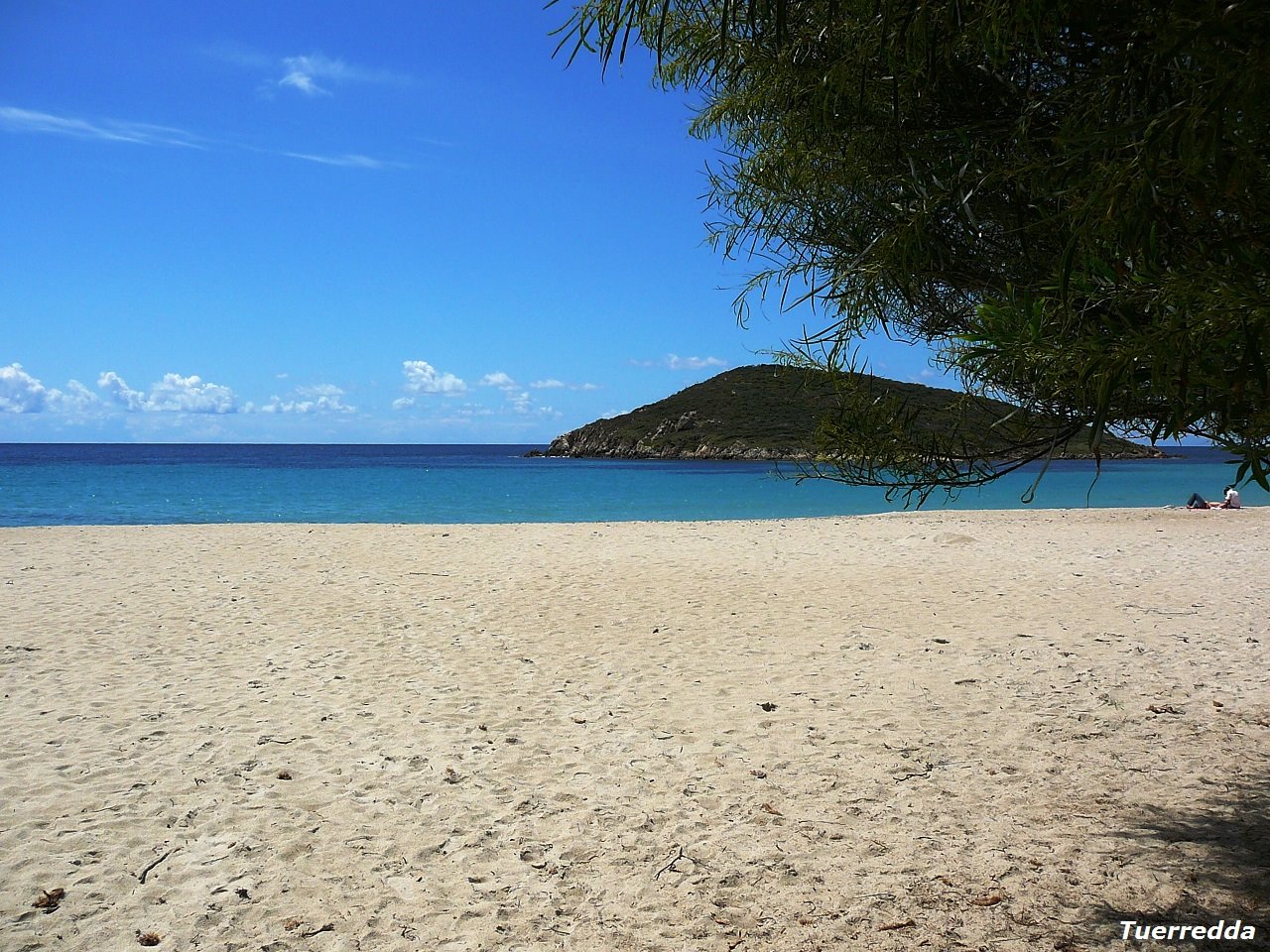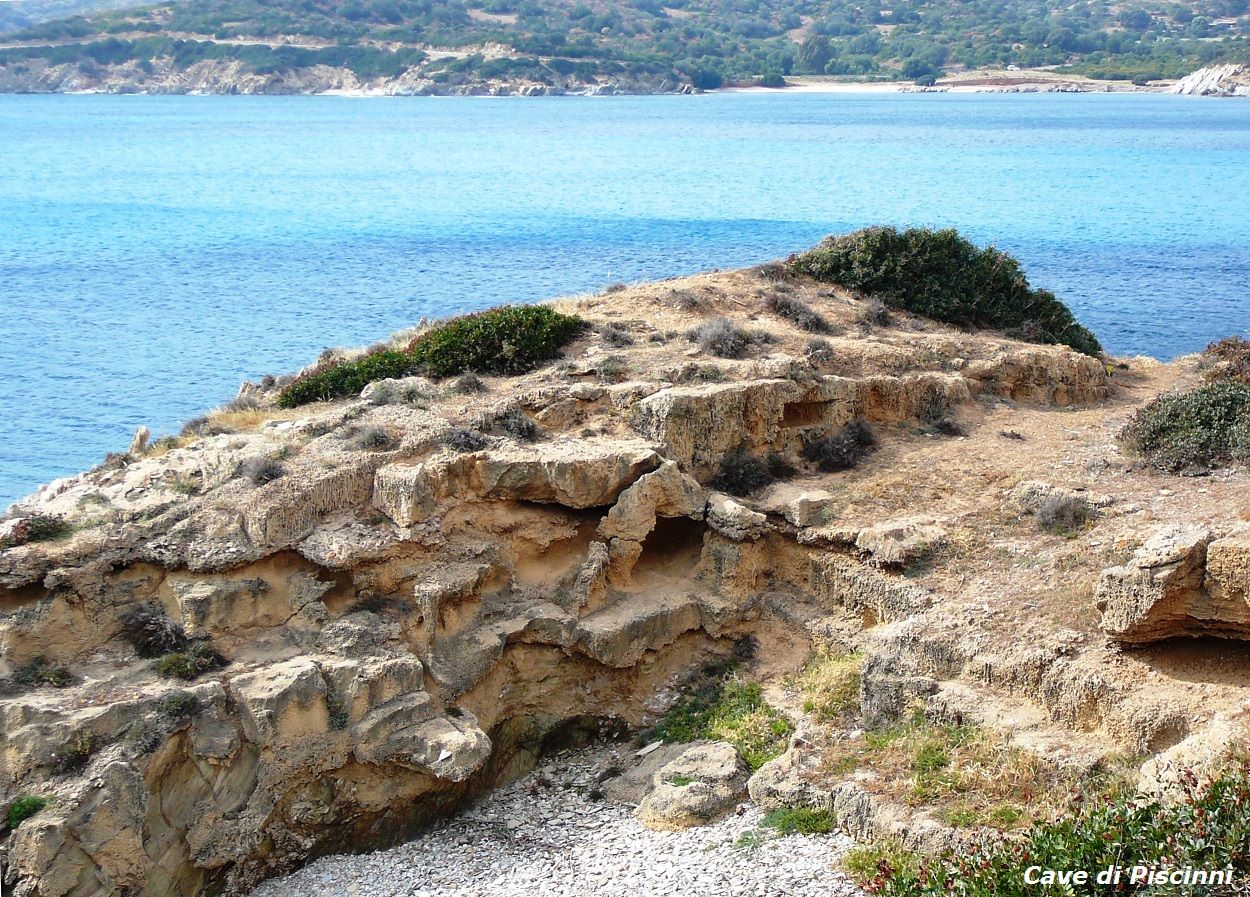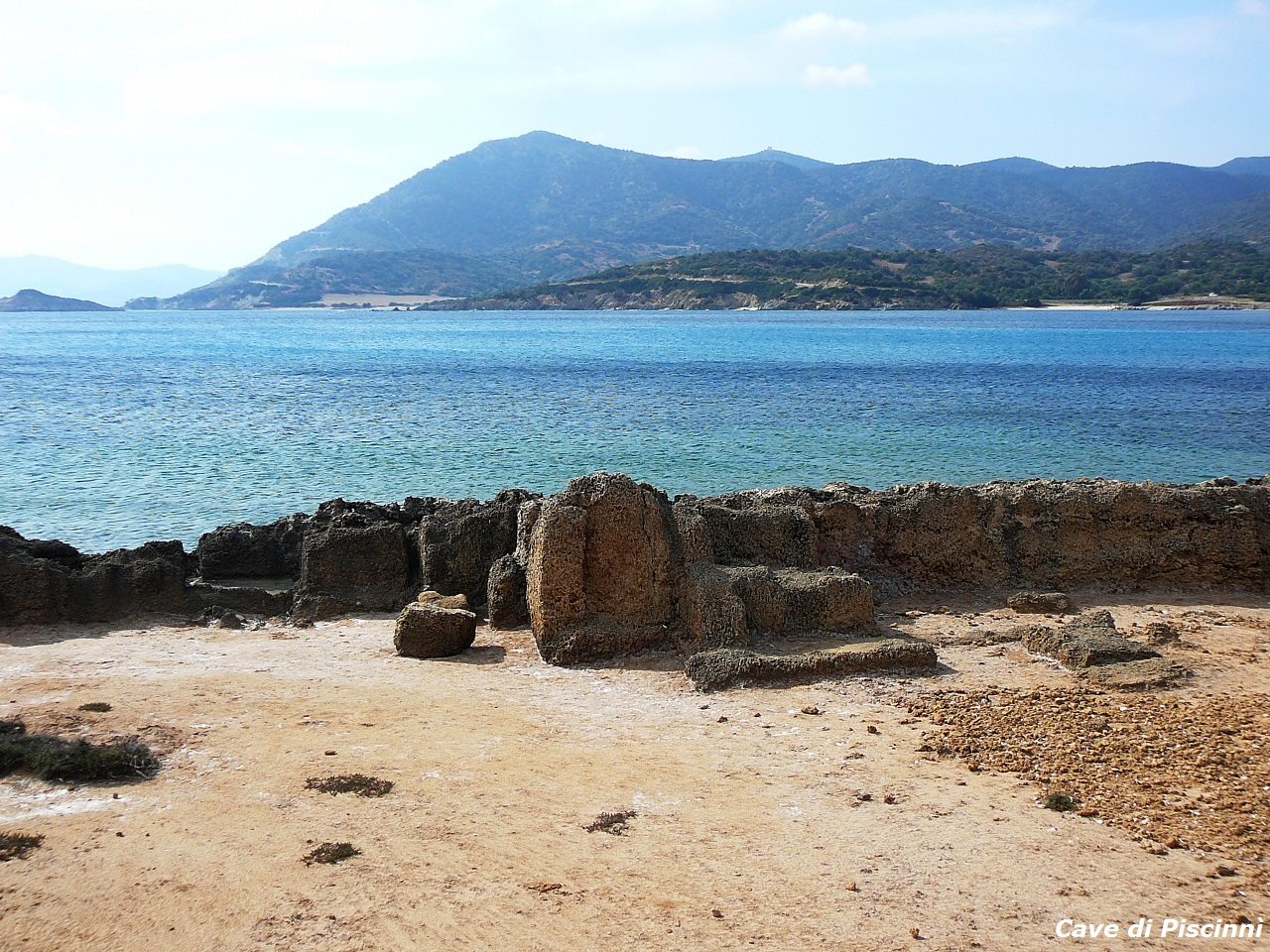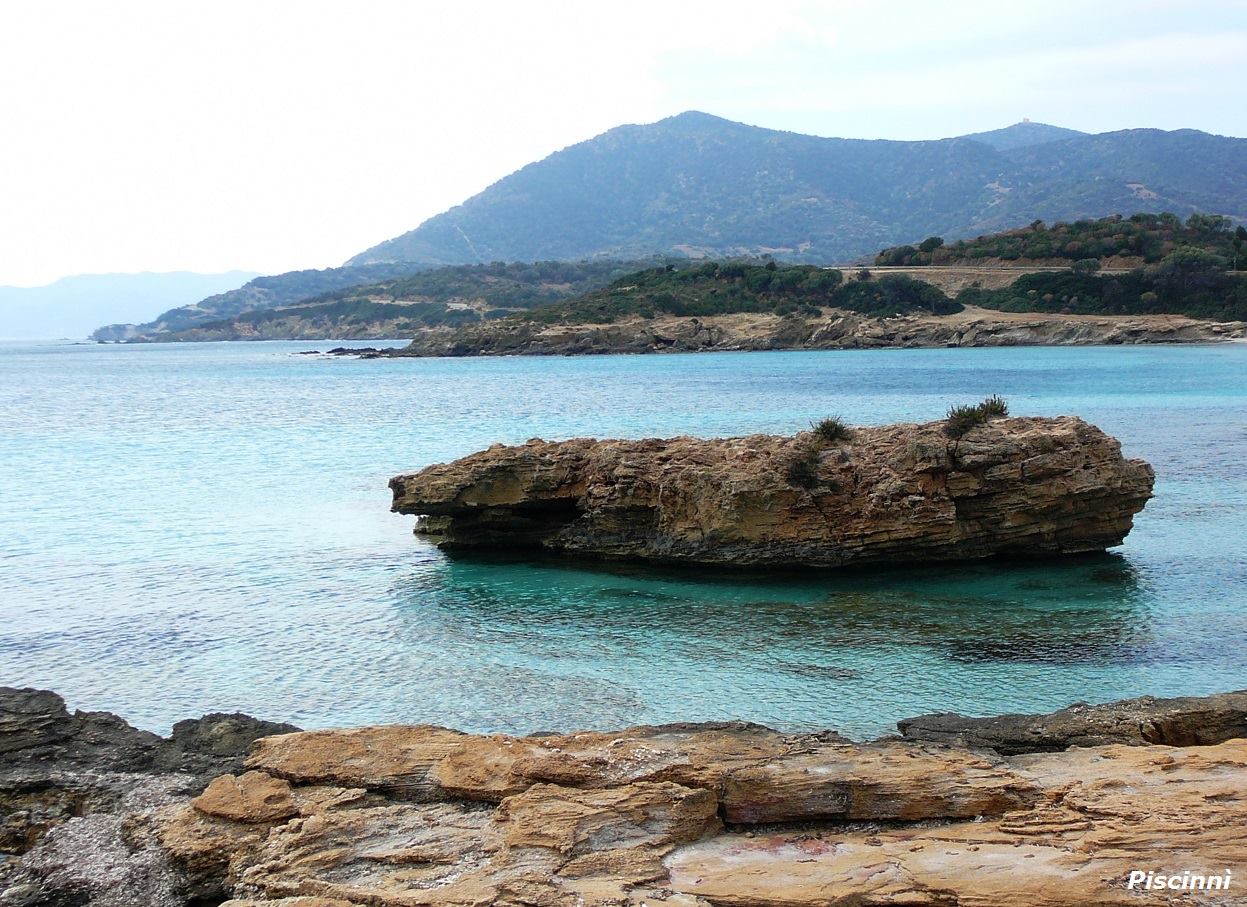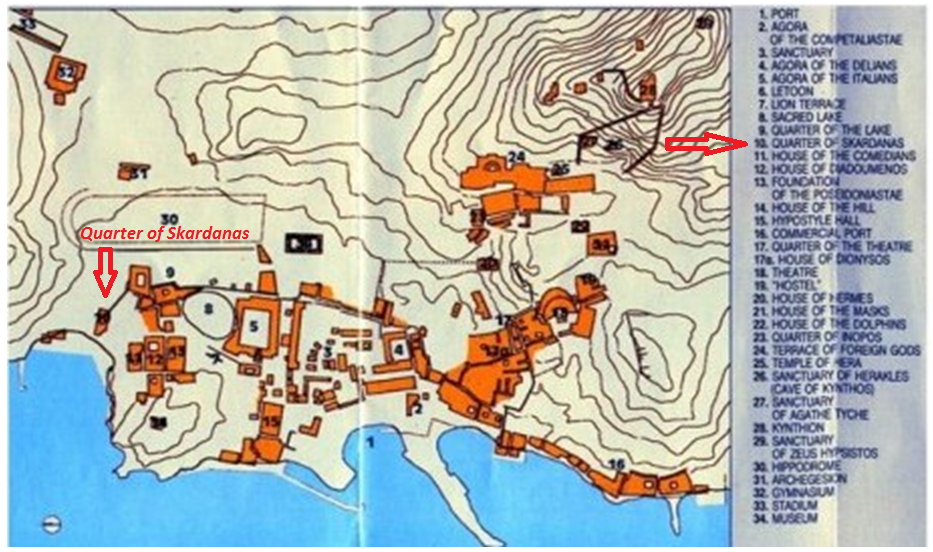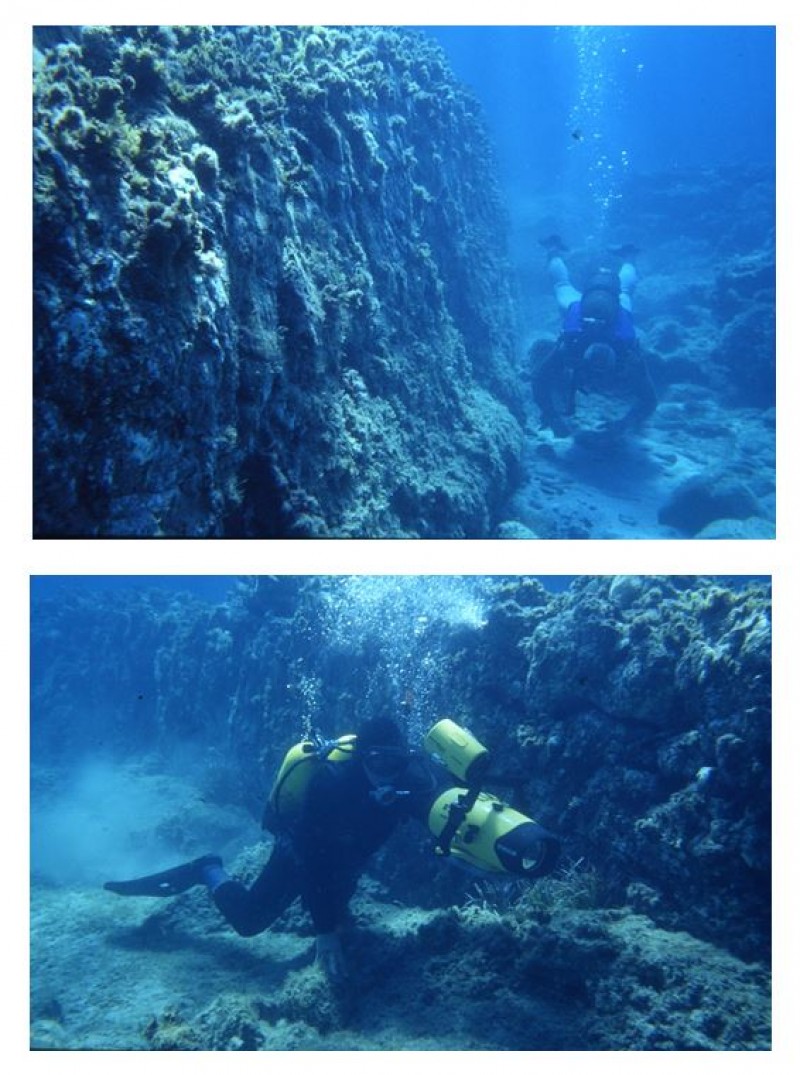On August 25, 2017, in “Ovunquesardo Magazine” attached to “Unione Sarda,” an article by Giovanni Ugas was published focusing on the controversial subject of the Shardana. The determination with which our archaeologist supports the thesis of a Sardinian origin of the Shardana and their primary role in the so-called “Confederation of the Sea Peoples” is admirable. This particularly controversial thesis is supported by Professor Ugas with an extraordinary amount of clues, bibliographic references, and precise considerations contained in his two books “L’Alba dei Nuraghi” and “Shardana e Sardegna,” published respectively in 2005 and 2016. It is obvious that a fierce Shardana navy, as described by Ugas, would require a considerable number of ports and landings, located along the island’s coasts; and the considerable number of nuragic towers positioned as lookout points along the Sardinian coastline seems to confirm this thesis. It is equally interesting to note that <>. This circumstance would therefore likely attest to the presence of a Shardana contingent even in the Aegean area. Regarding nuragic port facilities, Nicola Porcu, who passed away in August 2015, a professional diver and former honorary inspector of the Superintendency for underwater goods, recounted having found traces of a nuragic port settlement on the outskirts of Tuarredda (or Tuerredda) beach. He was also firmly convinced that the port was connected to the interior via the eponymous river, which today has been reduced to minimal terms but could presumably have had a much larger water flow in the past. In his opinion, the rise in bathymetry had led to the gradual submersion of the landing (which was guarded by the nuraghe Tuerredda), which had been subsequently rebuilt during the Punic era in the neighboring bay of Malfatano. This immense port structure, called the port of Melqart, will also be submerged by the waters, while the ruins of one of its piers are still visible under a few meters of water, as can be seen in the short video attached. Proceeding west, one finally finds Piscinnì, another docking site that still retains the obvious traces of a stone quarry, also likely used during the Punic period. In short, a short stretch of coastline that can be considered a treasure chest of many fascinating historical testimonies, immersed in a rare beauty. In the photos: The port of Melqart, Tuerredda beach, and the quarries of Piscinnì (Malfatano); Submerged nuragic structures (OT Sub by Nicola Porcu); The archaeological map of Delos (Greek Cyclades archipelago); the nuraghi “sea view”: Acqua Seccis in Muravera (photo by Marco Cocco); Diana in Quartu S:E. (photo by Andrea Mura – Nuragando Sardegna); Golunie in Orosei (photo by Gianni Sirigu); Sellersu in Barisardo (photo by Giorgio Valdès). The following link leads to the Rai video regarding the discovery of the submerged port of Melqart in Malfatano.
https://www.facebook.com/NURNET2013/posts/1561089397303112/
